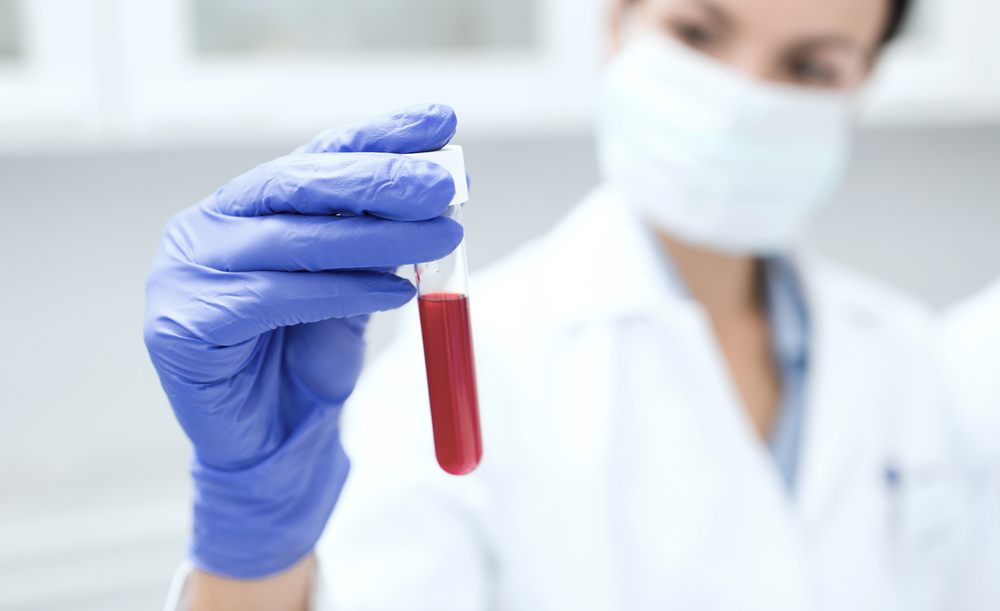New Blood Test Could Determine Whether a Patient Needs Antibiotics

A simple blood test may be able to distinguish between a viral infection and a bacterial infection in just a few hours, a new study finds.
That's valuable information for doctors, who prescribe antibiotics for people with bacterial infections but should not give them to people with viral infections, such as the common cold or the flu. (Antibiotics are not effective against viruses.)
Indeed, the overprescription of antibiotics for patients who do not need them can lead to antibiotic-resistant infections that can be very difficult for doctors to treat, according to the study, published today (July 6) in the journal Science Translational Medicine. [6 Superbugs to Watch Out For]
But oftentimes, it is difficult for doctors to figure out whether bacteria or viruses are making a person sick.
"If someone comes into the clinic, a bacterial or a viral infection often look exactly the same," lead study author Dr. Timothy Sweeney, a physician and an engineering research associate at the Institute for Immunity, Transplantation and Infection at Stanford University, said in a statement.
For example, a sore throat might be a symptom of either strep throat, which is caused by Streptococcus bacteria, or common cold viruses.
In the study, the researchers developed a blood test based on their previous work in which they had discovered a new way that the immune system responds differently to viral infections than it does to bacterial ones, Purvesh Khatri, an assistant professor of medicine at Stanford and senior author of the study, said in a statement.
Get the world’s most fascinating discoveries delivered straight to your inbox.
The test works by looking at the activity of seven genes in a person's body. The genes in the test are responsible for producing certain molecules that the immune system uses in its response to an infection. Depending on the type of infection, these genes will be expressed at different levels, which can be measured in the blood, the researchers found.
To confirm that the test was accurate, the researchers used it on blood samples from a previous study of 96 children with sepsis, which is an overwhelming immune response to infection that causes body-wide inflammation. The new test correctly identified 90 percent of the children whose sepsis was caused by bacterial infections and 55 percent of those whose condition was caused by a virus.
However, more studies are needed before the test can become available to doctors in hospitals and clinics, the researchers wrote.
In addition, the researchers hope to make the test faster. Currently, it takes 4 to 6 hours to get the results back, which is "likely too slow for clinical application," they wrote in the study. "The mortality rate of bacterial sepsis increases by 8 percent for each hour by which antibiotics are delayed," they wrote.
The researchers hope to combine the new test with another blood test they previously developed that determines whether a person has any infection at all. [7 Absolutely Horrible Head Infections]
By combining the two tests, doctors can make a "decision tree," Sweeney said. Using the older test, they would first determine if an infection was present, he said. For example, a patient may have symptoms that suggest an infection, such as inflammation, fever and high heart rate, but those symptoms could also be due to another cause, he said. If a patient were to have an infection, doctors could use the new test to determine if it was bacterial or viral, he said.
Originally published on Live Science.



